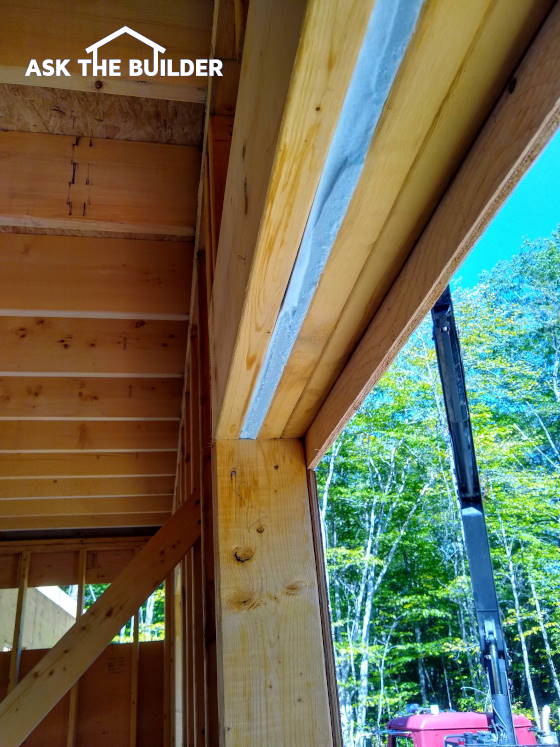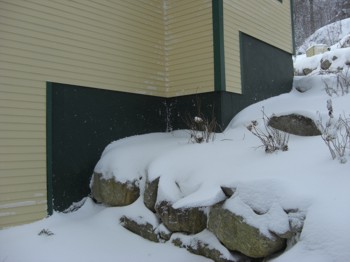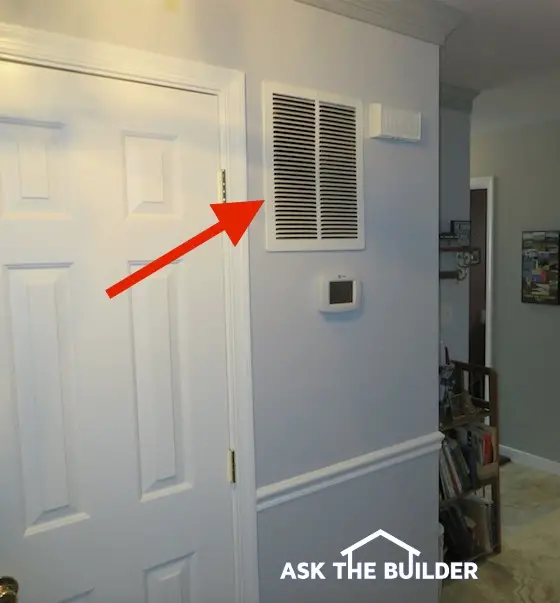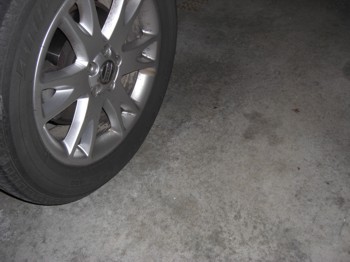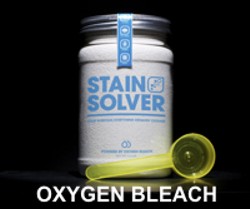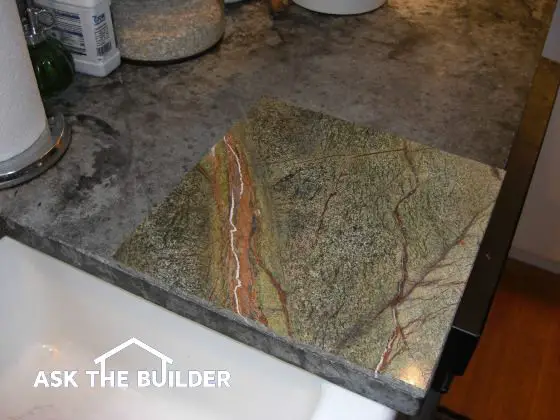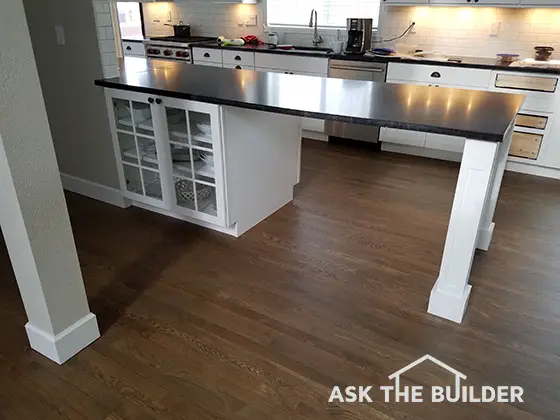What's in This Issue?
Winter
Kitchen Video Responses
Chat Survey
An Example of a Helpful DIY Guide
One Last Thing about Energy Savings
Bob Kennedy
Latest Videos
New Columns
I do product reviews frequently. Please read my Disclosure Policy to understand the relationship between me and the companies that make the products or offer the services I review.
Friendly Question Reminder!
If you have a question for me, don't hit the Reply button just yet. Go immediately to my web site and type in the keywords about your problem into my Search engine. The search box is at the top of every page of my web site. You could have your answer in seconds if you do this! Please pay attention to all links you see at my web site. The exact products and services you often need are right in front of you, and you might be ignoring them.
Winter has come to New Hampshire. The ground is frozen and the frost gets deeper by the day in the soil. Today is a gorgeous bluebird day with abundant sunshine, but temps in the 20's F. Soon I'll be skiing on my new K2s that I bought at the end of last season. Yippee!
Here's the Executive Summary: A NEW DIY Guide is on sale in this issue! Tons of new video and column links. Have fun!
Kitchen Video Responses
Wow! I want to thank you for your input about what you'd like to see in the upcoming kitchen videos. I can't satisfy all of your requests, because some of the things you want to see I'm not doing in my kitchen.
However, I was stunned by the number of requests for a video about a country kitchen sink! Guess what? That's what where installing here. In fact, Kathy's selected a country sink from Herbeau.
Take a look at this double-bowl sink and tell me what you think. In the videos I create, I'll be showing each step of how you cut the cabinet to accept it, how you create the inner support - the sink I'm using weighs 91 pounds!, and how to make all the connections. You'll be very interested to know how I detail the granite countertop for this sink. Many make a mistake when they install the countertops on these country sinks. Be patient, you'll see this in a video.
Your suggestions for kitchen videos were amazing. All I can say is that you're going to see many videos that show you, hopefully, the entire process. I'm even thinking of taping some videos that I'll package into a cool product for you.
The remodel job starts just after Christmas. The materials are all ordered and on their way here.
Chat Survey
You may have answered Yes on the live chat survey. If you were, you were in the vast majority. Thanks for participating.
The comments from those who answered "No" were eye opening. Thanks for taking the time to communicate your concerns to me. I learned very much that's going to be quite helpful.
You may be one who feels nothing is for free. Well, believe it or not, I do that now everyday. At AsktheBuilder.com you get to see all my past and new columns and videos for free. This newsletter is free.
What's more, at the AsktheBuilder.com website I have an Ask Tim feature where you can ask questions. You get free answers. I pay an employee to do this all day every day. It costs me a significant amount of money each year. The sad thing is that rarely we receive a Thank You back from anyone. Less than 5 percent of the people we answer ever thank us. Heavy sigh ......
You might have wondered who Tommy was. Tommy was an imaginary Certified AsktheBuilder team member who's qualified to answer questions, as I can't possibly deal with tens of thousands of requests per day. That was enlightening to say the least.
You may have been one who was suspicious. Would you be obligated to buy anything? Absolutely No!
Imagine this. You decide to use the chat and start it up yourself. After one of my certified experts helps you solve your problem, what happens if we have an inexpensive DIY Guide or a product to help you find the pro? Would you want to know about that? I would surely hope so, after all you don't want to make a mistake on your project, do you?
Would you be interested in saving hundreds/thousands of dollars and lots of time? After all, isn't that why you came to the website? You've got a problem and you need a solution. If I happen to have a great solution for you, don't you want to hear about it? If I'm off base here, PLEASE let me know.
The bottom line is live chat is coming to AsktheBuilder.com. It will be free. It WILL help those who use it. Those who use my Live Chat WILL get special deals on products. In fact, it's there right now at the website. I'm testing it in a few very specific columns. You'll have to initiate the chat. I've decided NOT to have it automatically turn on for you. Where is it? Right here.
If I'm not online, you'll see what happens.
An Example of a Helpful DIY Guide
While doing research the past few days with the live chat software, I discovered that hundreds of people a DAY have all sorts of questions about Deicing Salts. This morning, with the help of my crack team, we put together what I believe might be the most authoritative set of questions and answers about deicing salts.
What happens if you take a chance and put deicing salt on new concrete? Let's say it's a $6,000 driveway. Would you want to be told about a fantastic 24-page electronic guide that you could have in seconds that tells you just about everything you ever wanted to know about deicing salts?
I've got that guide now. Go look at it and see what you think. You can have it moments from now for just $4. It's going to regularly sell for $7, a price I feel a person would readily pay to get answers to many questions.
This special price of $4 is only good until Sunday (December 12, 2010) at midnight. I'll be sending you a reminder, but I suggest you just go get it now so you discover a ton of things you didn't know about deicing salt and your concrete drive, sidewalk or patio. Oh, you have blacktop? I cover that as well!
For example, did you know you can get severely hurt by deicing salt? It's absolutely true, I know as it happened to me.
Anyway, you're soon going to see many of these new products that can help you in a pinch. And one of my team members may tell you about them should you decide to use the chat feature to discover all we know that you don't. That was a friendly jab - in case you can't tell. :->>>
One LAST Thing about Energy Savings
The saga continues. My oh my! I keep getting email from subscribers about the prospect of spending money to get energy savings.
First, you may have been one who felt I was rude to Carl saying his email was just "magic dust". That was never meant to insult Carl. The point was a clever salesperson in your home might use Carl's CORRECT mathematics to convince you that spending the money is a great investment. I called it "magic dust" because it was putting a spin on the facts. You may buy windows based on a salesman's spin.
You may have emailed me telling me about solving drafts, replacing windows that are broken, ones that were made in 1912, ones that look horrible, ones that have broken seals, etc. That was never the point of the newsletter item. If you need to replace windows because you HAVE to, that's fine. I get that. I have to replace things in my home too.
But if you're replacing windows JUST to save energy, well, don't expect to get paid back anytime soon in energy savings for all the money you spent. End of story.
Bob Kennedy
I'm blessed beyond belief to have you as a subscriber. Why? From time to time you may be one who hits the Reply button and shares something about yourself with me.
Several days ago, Bob emailed me. He reminded me of something I knew, but had allowed to get covered up with clutter in my brain.
Bob reminded me about determination. If you want something bad enough, you'll do it even if there are no lights on. Go to Bob's website and be absolutely certain you click the link way at the bottom of his page that says:
Some pictures of past products
Latest Videos
Some New Columns
AsktheBuilder.com
100 Swain Rd.
Meredith, NH 03253, USA
